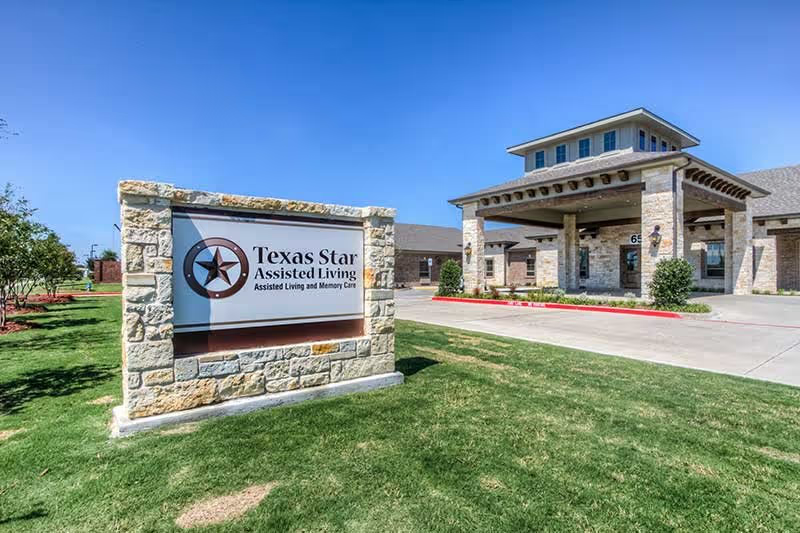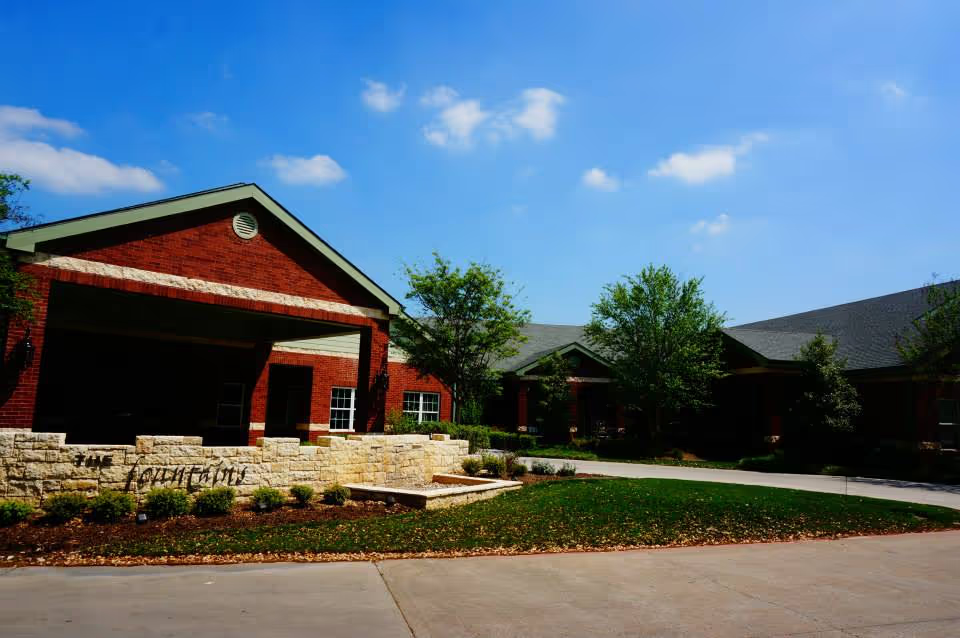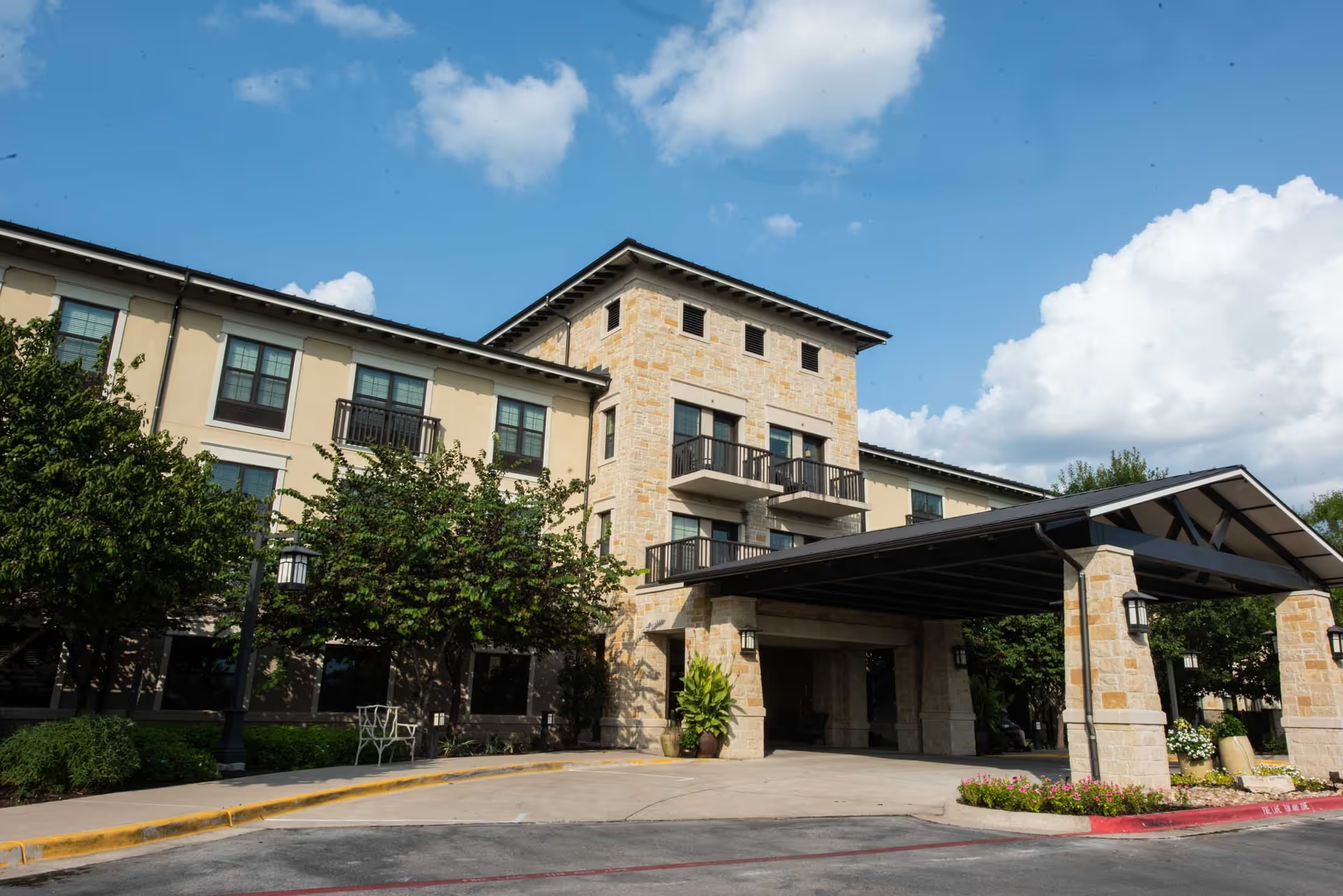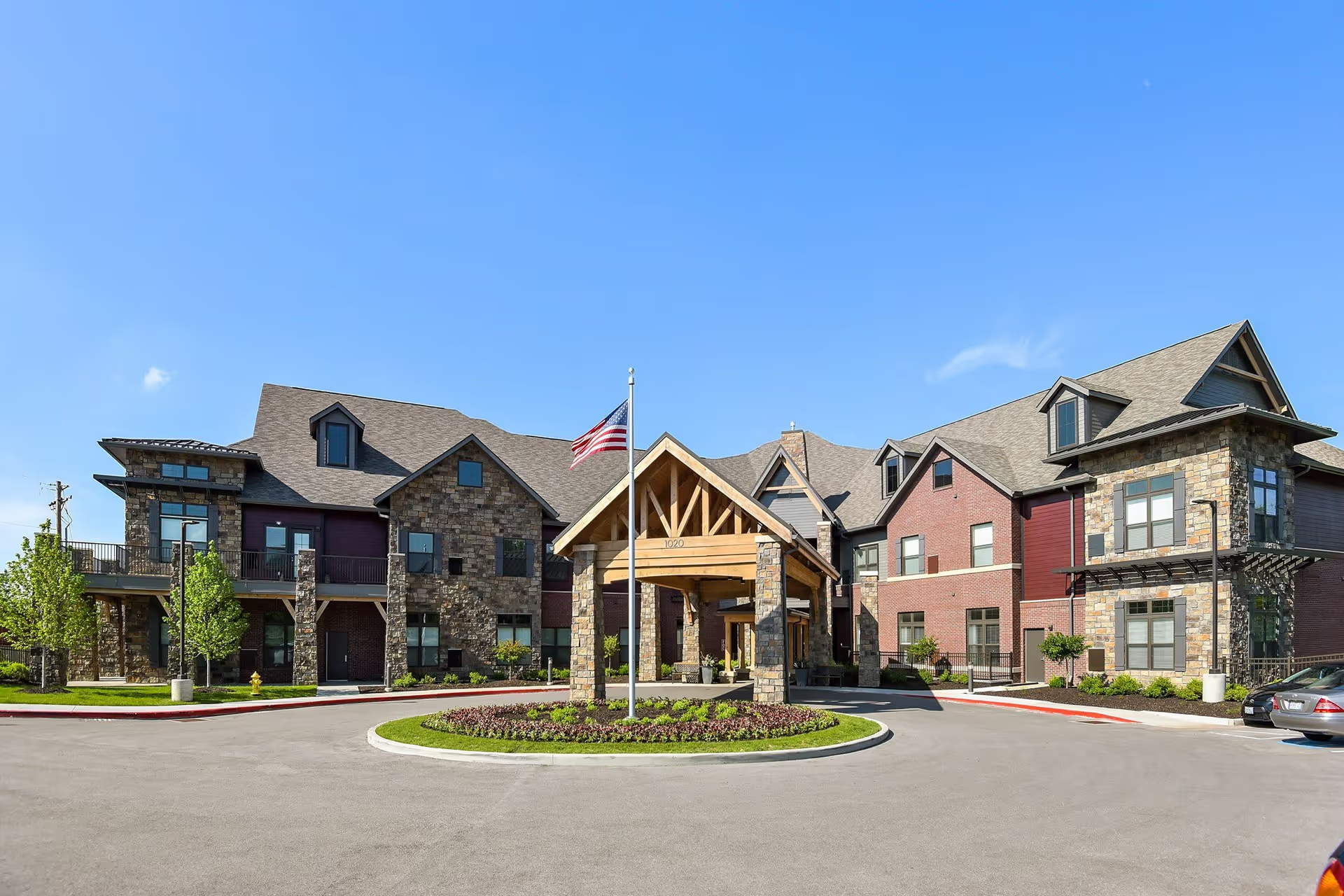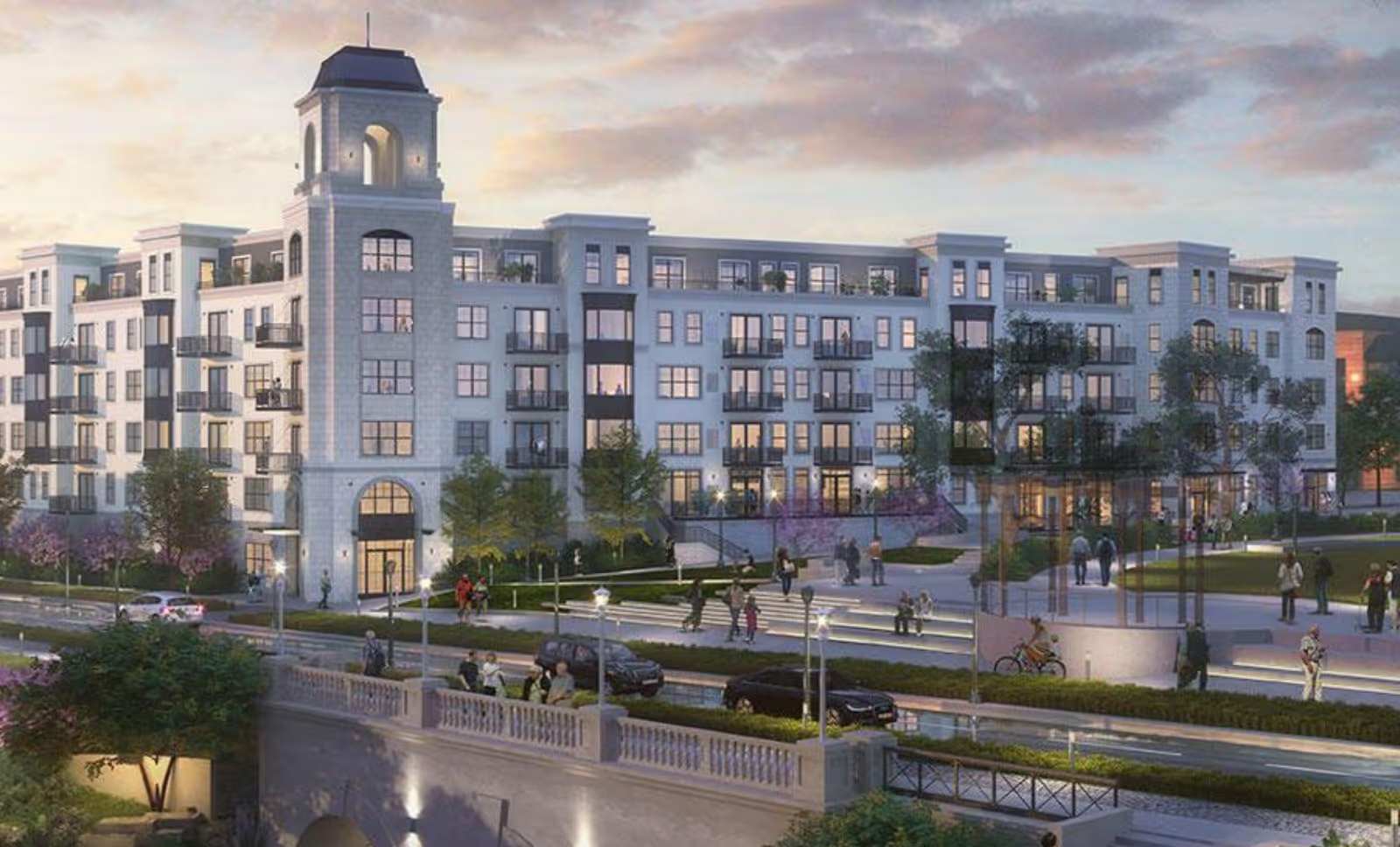Overall sentiment is mixed but leans positive in volume: many reviewers praise Bader House Memory Care for its compassionate, attentive staff and its small, dementia-focused, home-like setting. Multiple reviewers describe a calm, family-like atmosphere where residents are treated with dignity, kindness, and empathy. The facility’s design features — abundant natural light, an open layout, a pass-through window to the kitchen that lets residents speak with the chef, and a large backyard with a soft walking path — are repeatedly called out as strengths that contribute to quality of life. Reviewers frequently note home-style meals, a variety of engaging activities and guest entertainers, and an overall sense that residents are comfortable, calm, and content. Several comments emphasize the benefit of the small size (around 24 guests), which reviewers associate with more personalized attention, a close-knit staff, and a strong sense of community.
Care quality and staff performance are the most commonly praised elements. Many reviews describe professional, compassionate nurses and caregivers who are attentive to medical and nutritional needs, who communicate well with families, and who are selected for positive personalities and character. Families report feeling peace of mind, and some call Bader House the best memory care option in the region. Multiple reviewers also single out specific staff roles — nurses, an efficient director, a cook, and a handyman — as contributing to a well-rounded care environment. Activity programming and opportunities for outdoor time are repeatedly noted as important contributors to residents’ improved mood and engagement.
However, a substantial minority of reviews raise serious concerns that temper the overall positive impression. Several reviewers allege poor management practices, high staff turnover (including nurse turnover), and inconsistent or understaffed shifts leading to neglect, slow responses, or uneven care. Safety issues are specifically cited by a few reviewers, including unlocked bedrooms and unsafe wandering, which are significant red flags for a memory-care setting. Overmedication is another recurring complaint in the negative accounts, sometimes paired with claims of false accusations of aggression. One reviewer cited a COVID outbreak and a related death, amplifying concerns about infection control and crisis communication. There are also reports of contract and billing issues (for example, no refund of the move-in fee) and concerns about price versus value (one reviewer cited a $6,500/month rate and called it overpriced).
Taken together, the pattern in these reviews suggests strong core strengths in environment, staff warmth, and programming, but with variability in operational consistency and management. Many families experienced outstanding, individualized care in a well-designed, small home setting; others experienced troubling lapses tied to staffing, communication, administration responsiveness, medication practices, and safety. The divergence is notable: several reviewers call Bader House the best memory care facility in the area, while others describe neglect and poor oversight.
For prospective families, the reviews recommend careful, focused due diligence: ask about current staffing ratios and turnover, request details on medication management and pharmacy oversight, tour and observe the outdoor spaces and dining, speak with multiple staff members (nursing and administration) about incident reporting and communication protocols, verify safety measures (secure bedroom doors, wandering prevention), and review contract terms related to move-in fees and refunds. Also request recent references from current families and inquire about COVID and infection-control policies and any recent outbreaks. These steps will help reconcile the strong positive attributes many reviewers experienced with the concerning operational issues reported by others.
